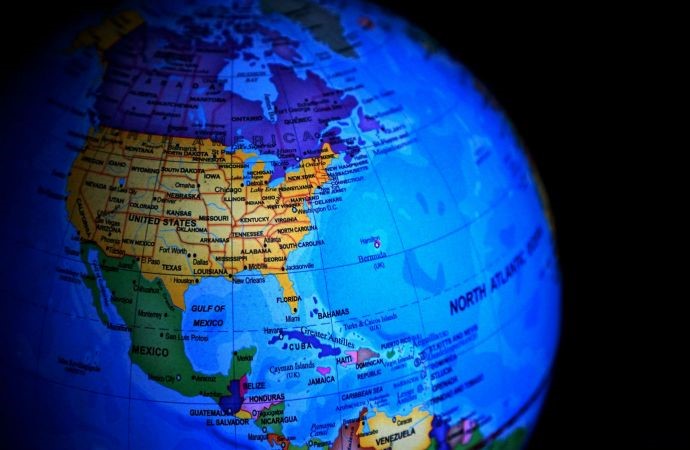North American countries differ on HFCs
April 22, 2019
Canada reduction plan starts in 2019; Mexico approves Kigal; U.S. on sidelines.

The three nations making up North America – Canada, the U.S. and Mexico – are each at different stages in HFC reduction as 2019 begins.
Canada, having ratified the Kigali Amendment to the Montreal Protocol calling for a global HFC phase down in 2017, will start cutting HFC consumption in 2019 by 10% from the baseline level (the consumption of HFCs and HCFCs from 2011 to 2013) under a plan launched last year.
That will leave Canada with 17,206,786 metric tons of HFCs in terms of CO2e equivalent; in 2036, when the amount is slated to be cut by 85%, it will be down to 2,867,798 metric tons.
The Canadian plan also puts caps on the GWP of gases that can be used in specific applications. Starting on January 1, 2020, stand-alone commercial refrigeration systems will be limited to 1,400 and 1,500 GWPS for medium- and low-temperature units, respectively, while centralized refrigeration systems and condensing units will be held to a 2,200 GWP refrigerant.
Much of the Canadian regulation focuses on imports since HFCs are commonly imported into Canada in bulk for use in the manufacturing, servicing and maintenance of refrigeration and air-conditioning equipment, and in the manufacture of foam-blowing products.
“Industry in Canada and around the world has made major progress in phasing out ozone-depleting substances over the past 30 years,” said Catherine McKenna, Canada’s minister of environment and climate change when the plan was announced in 2017. “We will do the same with HFCs, ensuring a clean environment and strong economy for our children and grandchildren.”
Mexico voted to accept the Kigali Amendment in September 2018. As an A5 (developing country), it will freeze average production/consumption in 2024 at the baseline, which is the average production/consumption of HFCs in 2020, 2021 and 2022.
The U.S. Senate, still waiting for a referral from the Trump administration, has not yet ratified the Kigali Amendment, despite widespread industry support for ratification. The U.S. Environmental Protection Agency’s 2015 high-GWP HFC phase-out plans, which were shelved by a Court of Appeals in 2017, are being revisited by the agency in a rule-making process launched last year.
Beginning this year, leak repair regulations under Section 608 of the Clean Air Act, are being extended from ozone-depleting refrigerants to HFCs. However, last September, the EPA announced it would seek to rescind those rules as they applied to HFCs.
Meanwhile California, New York, Connecticut and Maryland are pursuing their own HFC reduction plans, with other states expected to follow suit.


